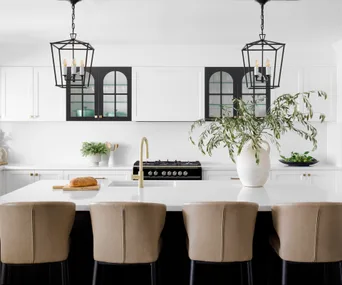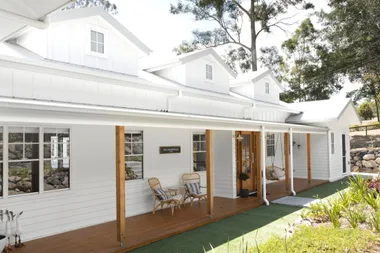If size matters, Australians are an impressive lot. But our love affair with big houses has to stop, says Grand Designs presenter Kevin McCloud, who argues it’s starting to look a little greedy…
McCloud is known for his architecture nous, and for spotting a problem area early. But now he’s turned his attention from the scores of ambitious home builders to Australia, generally. The presenter has outed Australia as a heavy-footed, greedy bunch with an inclination for rattling around in monstrous houses we can’t afford.
In a recent visit down under, McCloud pointed to the growing size of our homes. He told The Guardian Australia of our “spoilt architecture”, and complained about black roof tiles and huge concrete slabs for grand beachside homes.
Connect with trusted tradies. Receive instant quotes for your next job with hipages.


He’s technically right. Our newest homes are more than double what they were 60 years ago. McCloud argues that the many massive Australian homes that defy their environmental surroundings are coming at the expense of more exciting architecture, as well as a more affordable and well-built housing supply.
Our antipodean sibling received a much better report card. “The architecture is different in New Zealand,” McCloud told The Guardian. New Zealand “treads lightly, there’s an awareness of the difficulty of building and getting materials, but Australia says, ’Hey c’mon, we’ve got the planet, let’s mine it, let’s build with it, let’s sell it, let’s create wealth’,” he says, unflatteringly.
Build smaller buildings to connect the larger houses, creating a kind of “connective tissue” in the suburban sprawl, suggests McCloud. “How can we stitch stuff into gaps that are smaller and a bit more responsive and which revitalise?”
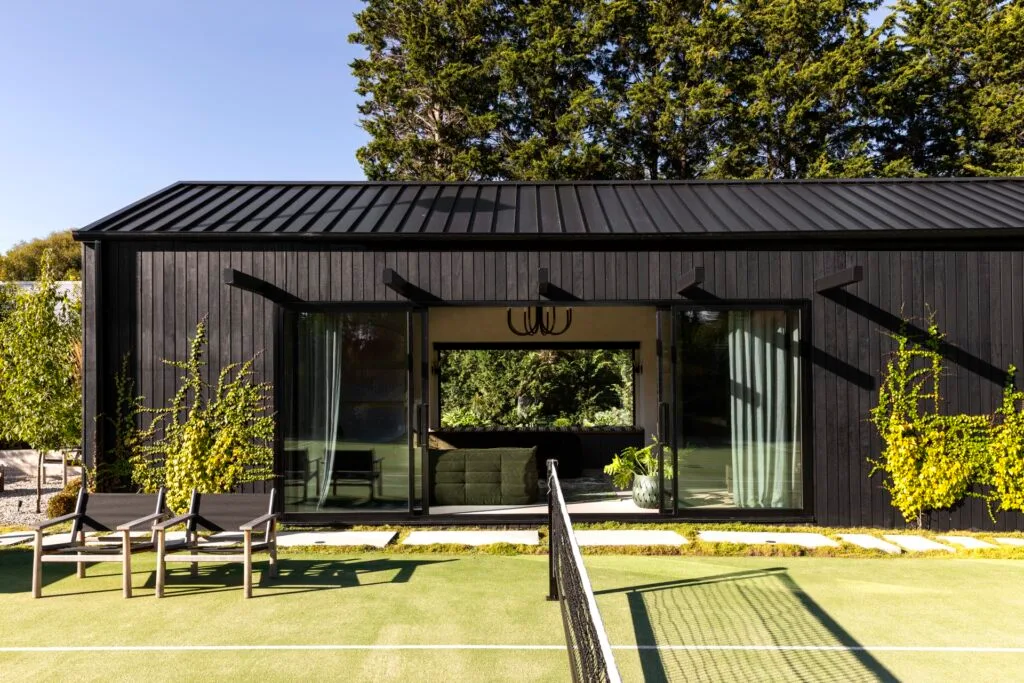
He points to the “yimby” mantra, or “yes in my back yard”, and says it might be a solution to Australia’s dire shortage of homes. He suggests terraces and infill development that “revitalises what are otherwise becoming very expensive suburbs”.
Is this Brit right about our big-is-better house ideals? Home Beautiful called on our local experts to shed light on our apparent grandiose tendencies.
Is Australian architecture compromised by size?
Television’s The Block is on the pulse when it comes to what Aussies want right now, housing-wise. Julian Brenchley, architect from The Block, disagrees with McCloud’s take of our national architecture. “I believe there are some unique and exciting homes of all sizes happening in Australia right now,” he says, pointing to the Adam Haddow SJB Terrace in Surry Hills as an example. The 69 sq metre home on a 30 sq metre footprint – which is only 3.2 metres deep from front to back wall – won 2023’s new houses awards in NSW.
“There are exemplary larger exciting architectural homes that are championing sustainable design by including full off-grid energy systems as an offset to the environmental cost. It is just these kinds of sustainable initiatives in larger homes that will trickle down to smaller houses as the infrastructure costs reduce,” says Brenchley.
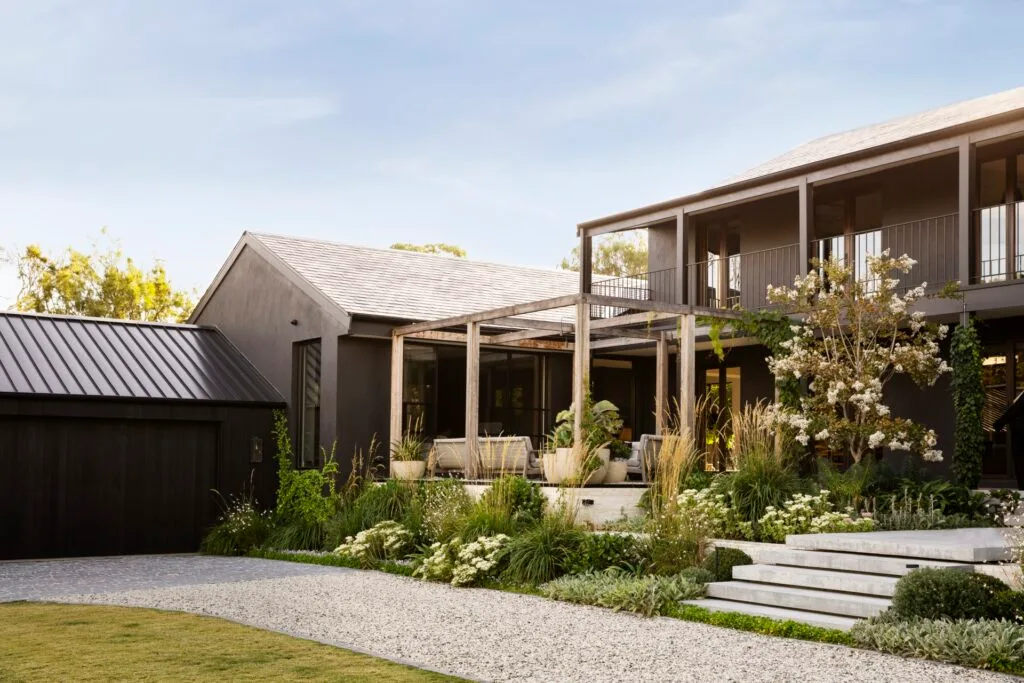
Do Australians need big houses?
Advocates for tiny houses and smaller homes argue that while space may be tight, there’s plenty of good to be found in smaller-space living, including the costs. There are plenty of homewares hacks and ideas out there to make even tiny homes feel much bigger.
In many family homes, much of the space internally is used rarely. In 2019-2020, the ABS found that 77 per cent of households in Australia had at least one bedroom spare.
Rick Simmons, owner and Project and Design Manager at One Up Building, who won the Master Builders Association Young Builder of the Year Award in 2019, says for many Australians homes need to be bigger than they were in the past. He says more of us are “adding home offices, gyms, retreats and all sorts of living areas to balance the growing family needs”.

The cost of living means grown-up kids are less likely to leave home – talk about failure to launch! Instead, parents and even grandparents are upsizing – creating multi-generational living spaces – in a bid to accommodate them. “Children are not racing out the door to live independently,” he says.
Children are also spending less time outdoors, and more time in their rooms with their toys or their screens, so many Australian children are given their own bedroom which also serves as their private living quarters. Once upon a time, children were sent outside after breakfast and told to return only for meal times, if at all, until bedtime. More activities have been atomised into people’s homes – the cinema, pools, and more recently even schooling
There has been an increase in demand for self-contained secondary accommodation either within the home or as a separate dwelling, says Janette Stritt, interior designer at Stritt Design and Construction.
“As lifestyles have changed and people are working from home more post-Covid, this has also seen an increase in the demand for home offices. The size of new homes needing to accommodate these additional rooms have as a result increased, the house size becoming relative to its occupants and their lifestyle needs,” she says.
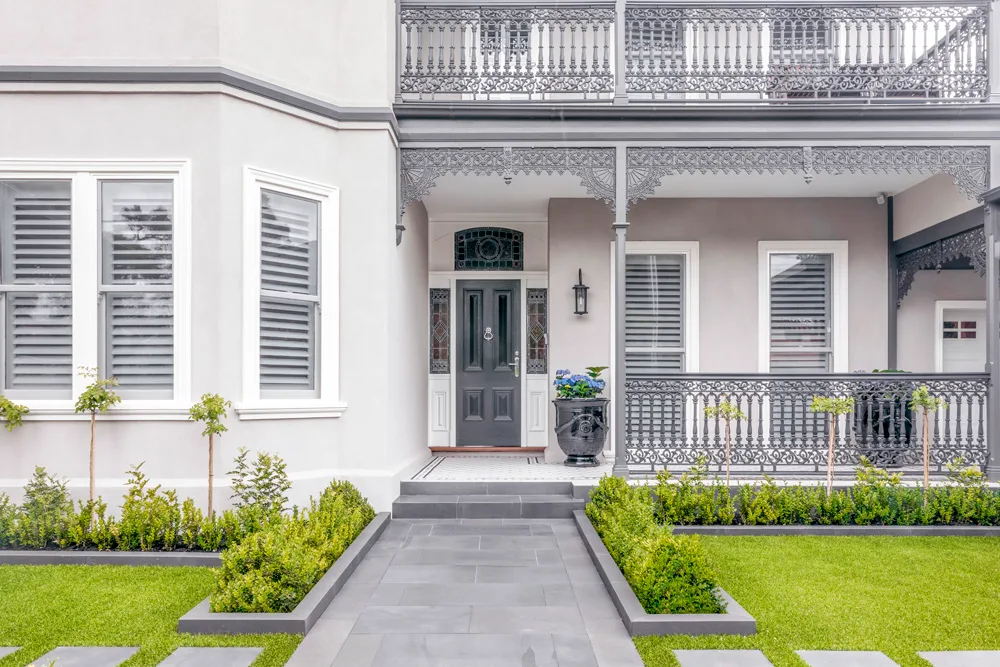
Do so-called McMansions serve a purpose?
According to Julian Brenchley, the often-maligned McMansion can serve a purpose for many Australians. A source of demand for large houses is often an economic necessity and the cultural dynamics of living with relatives, in-laws, friends, older children and other human combinations.
The resultant houses can be large, serve a real purpose and solve very real housing needs and issues, he says.
“Beyond the status symbol often attributed to the biggest house in the street, and far from the lens of the cringing cultural elite (who all live in sustainable matchboxes apparently), one of the predominant attitudes leaning towards housing solutions that demand a large house include multi-family and multi-generational living.”
The McMansion is an easy target in the debate on housing wastage, says Brenchley, “but the reality is deeper and far more complex”.
Are Australian houses too big?
McCloud isn’t wrong, our houses are getting bigger. Our reference points of small and big have shifted dramatically over the last 100 years. In 1960, new homes measured about 100 sq metres on average. By 1984, the average reached 162 sq metres. Now new Australian homes are close to 230 sq metres.
They’re not at their peak size, though. In 1993-94, new houses averaged 189 sq metres, and less than 10 years later, in 2002-03, they averaged 228 sq metres. Five years later, they were a whopping 246 sq metres, the largest they have been. We’ve calmed down a little, and new houses dropped to 238 sq metres in 2012-13 and then again in 2021-22 to 232 sq metres.
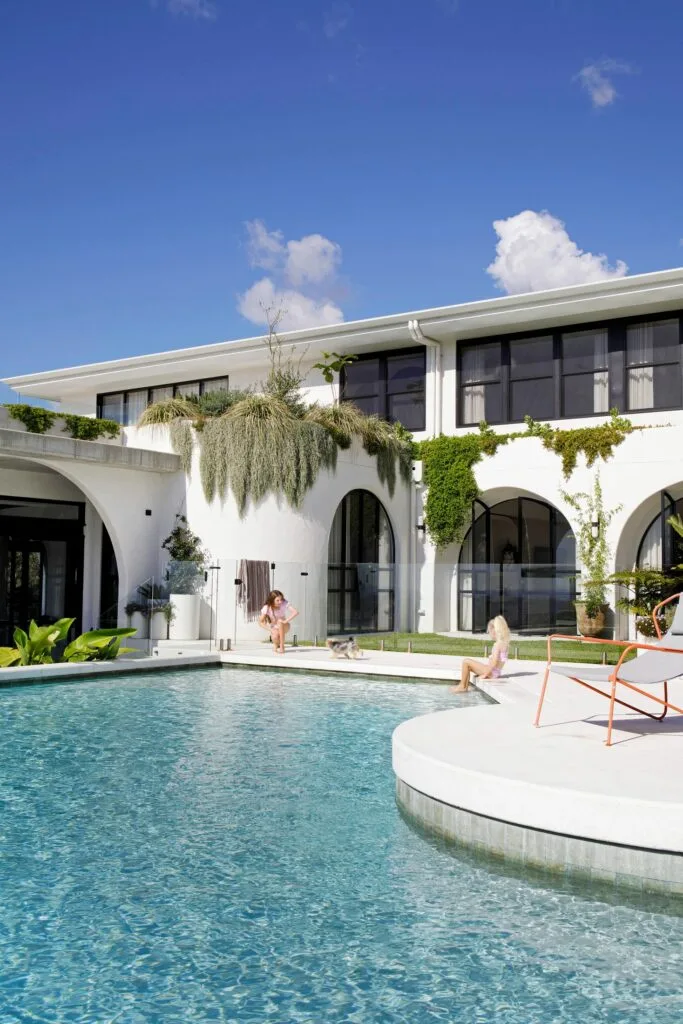
What is the average house size in Australia?
The average new dwelling house size in Australia is now close to 230 sq metres, more than double what it was in the 1960s, according to Australian Bureau of Statistics research based on Building Activity Survey data released in 2022.
Other residential dwellings, including apartments and units, have a considerably smaller average floor area at 137 sq metres. The average house size in Australia has not shifted dramatically, but when it comes to new homes, there’s an upward trajectory that concerns big-home critics like McCloud. Which state has the biggest homes? The answer might surprise. Australia’s various states and territories vary wildly when it comes to size. The ACT has the biggest new homes, over 18 sq metres larger on average than Victoria, which has the second largest houses. The smallest new houses in Australia can be found in Tasmania, where the average new house is 218 sq metres, according to the ABS. New townhouses in Tasmania are only 97 sq metres, tiny compared to Western Australia’s 193 sq metre and the NT’s 198 sq metre townhouses.
How many square metres is the average three-bedroom house in Australia?
Australian houses are some of the largest in the world, much bigger than their European counterparts – which often measure 30-45 sq metres. In the United States, an average home is 245 sq metres, making it the second largest in the world.
The most common Australian home layout, three bedrooms, is on average around 175 sq metres. This fluctuates slightly and many three-bedroom homes will be above or smaller than the national average. The average three-bedroom home can usually be found on a block size of 474 square metres.
The next big thing in Australia house design
The Block’s Julian Brenchley believes Australians are already on the path to creating homes that are responsive to the environment, as well as the needs of the people who live within these abodes. He argues that the sheer cost of building will lead us, ultimately, to building more smaller houses.
“The many factors that play into the creation of a thoughtful house include a better understanding of what is needed, as opposed to a trophy house. And the very real issue of affordability will, by virtue of economics, create smaller houses,” he says.
But he defends the big house as well, saying they can be both thoughtful and affordable, as long as they are also sustainable.“Imagine designing and building a house of any size, provided it’s sustainable with scalable environmental design inclusions, then why not?”
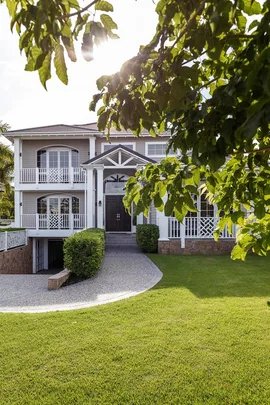 Elouise van Riet-Gray
Elouise van Riet-Gray

